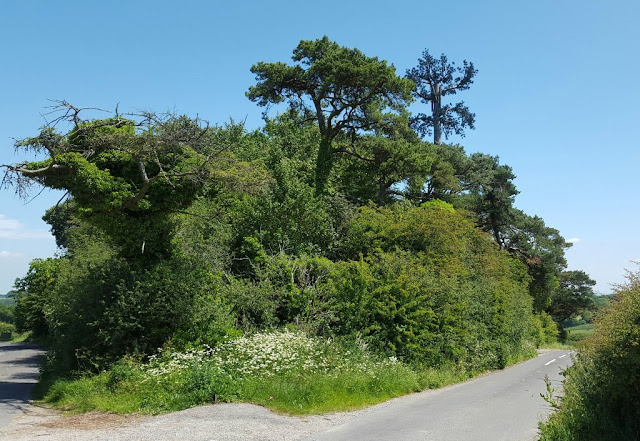There are some reports that have been recently published on connectivity and connection numbers. This post intends to provide this info.
Facebook released "State of connectivity 2015" report. As can be seen in the picture above, at the end of 2015, estimates showed that 3.2 billion people were online. This increase (up from 3 billion in 2014) is partly attributed to more affordable data and rising global incomes in 2014. Over the past 10 years, connectivity increased by approximately 200 to 300 million people per year.
While this is positive news in terms of growth, it also means that globally, 4.1 billion people were still not internet users in 2015.
The four key barriers to internet access include:
Availability: Proximity of the necessary infrastructure required for access.
Affordability: The cost of access relative to income.
Relevance: A reason for access, such as primary language content.
Readiness: The capacity to access, including skills, awareness and cultural acceptance.
The PDF version of report is available here.
The number of LTE users crossed 1 Billion, end of 2015 according to a report by GSA. OpenSignal has a summary blog post on this here.
Finally, Open Signal has published Global State of LTE Market report that provides coverage, speeds and a lot more information.
South Korea and Singapore have set themselves apart from the main body of global operators, providing both superior coverage and speed. The biggest standouts were South Korea’s Olleh and Singapore’s Singtel. Olleh excelled in coverage, but also provided one of the fastest connections speeds in our report, 34 Mbps. Meanwhile Singtel hit the 40 Mbps mark in speed while still maintaining a coverage rating of 86%. There are other notable country clusters in the upper right-hand quadrant as well, for instance operators from the Netherlands, Canada and Hungary.
Meanwhile, other countries have staked positions for themselves in specific regions of the plot. U.S. and Kuwaiti operators are tightly clustered in the lower right, meaning they offer excellent coverage but poor 4G speeds. Japan and Taiwan congregate in the middle far right with their exceptional coverage but only average speeds. Most of New Zealand and Romania’s operators hover at the center top of the chart, indicating impressive bandwidth but a general lack of availability.
Its makes interesting reading, PDF available here.
*** Added Later: 25/03/16:12.15 ***
A good breakdown of LTE subscriptions by countries by Ovum:


























